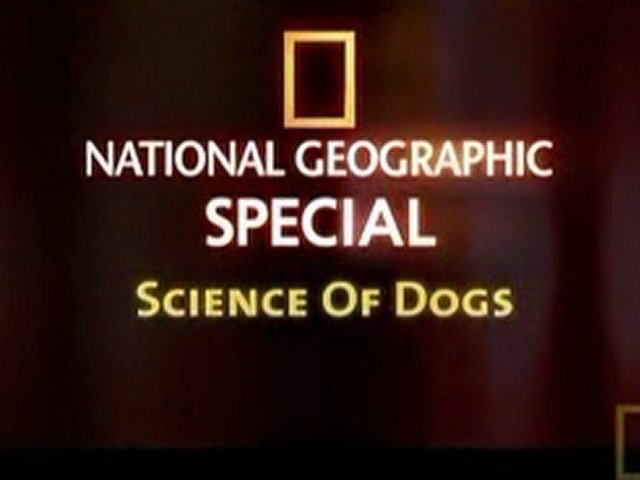As humans, we have long been fascinated by the bond we share with our canine companions. From their unwavering loyalty and affection to their undeniable intelligence and trainability, dogs have become integral members of our society. But have you ever stopped to think about how we have played a crucial role in shaping the appearance and behavior of these beloved animals?
National Geographic’s latest documentary, Science of Dogs, delves into the evolutionary history of man’s best friend and explores the impact of selective breeding on the development of different dog breeds. Through interviews with leading scientists and breeders, the film offers a comprehensive look at how human intervention has shaped the characteristics of dogs over time.
The process of selective breeding, also known as artificial selection, involves the intentional breeding of animals with certain desired traits. For centuries, humans have been using this technique to develop breeds that are well-suited for specific tasks, such as hunting, herding, and even therapy. The result is a diverse range of dogs that vary greatly in size, shape, and temperament.
One of the most striking examples of selective breeding is the Great Dane. Originally bred as a hunting dog, this giant breed was selectively bred for its size, power, and endurance. Today, the Great Dane is one of the tallest dog breeds in the world, standing at an average height of 30 inches at the shoulder.
On the other hand, the Shih Tzu, was bred to be a companion dog, and as such it was selectively bred for its small size, friendly temperament, and long hair. This breed is now one of the most popular lap dogs in the world, known for its loving and affectionate nature.
The Science of Dogs also examines the potential downsides of selective breeding. Inbreeding, for example, can lead to the persistence of genetic disorders and health problems in certain breeds. This is a particular concern with breeds that have become increasingly popular in recent years, such as the French Bulldog and the English Bulldog.
Despite these challenges, the film highlights the incredible diversity and adaptability of dogs and how they continue to play a vital role in our lives. Through the lens of science, the documentary provides a deeper understanding of the complex relationship between humans and dogs and how we have shaped the evolution of these remarkable animals.
In conclusion, Science of Dogs is a must-see for dog lovers and anyone interested in the intersection of science and society. It offers a fascinating look at the history and impact of selective breeding on the development of different dog breeds and the unique bond we share with our canine companions.

